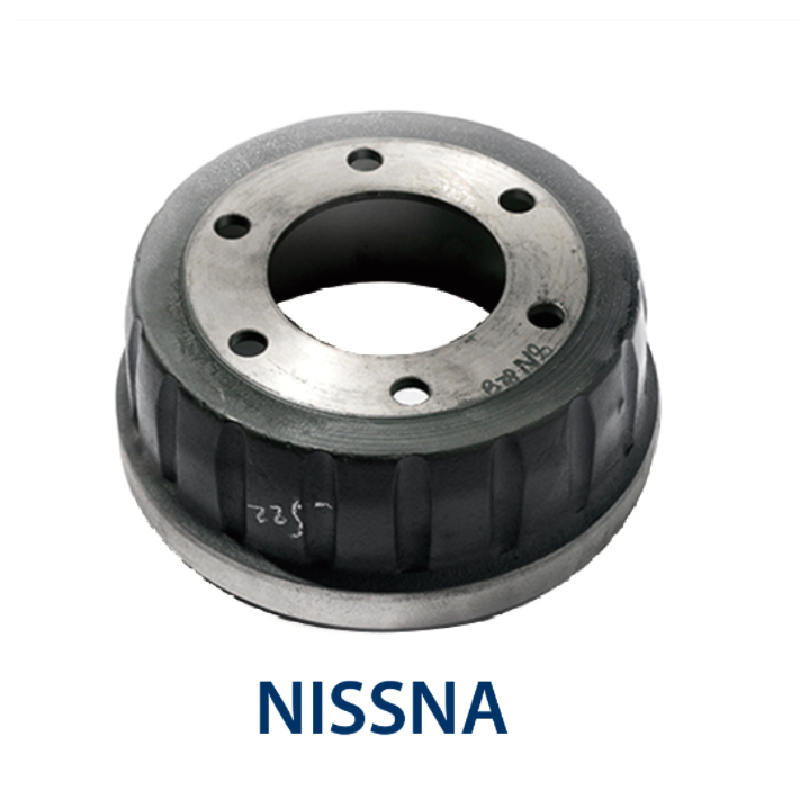Aug . 13, 2024 06:04 Back to list
Understanding the Importance of Brake Drums and Rotors in Vehicle Performance and Safety
Understanding Brake Drums and Rotors Essential Components of Vehicle Safety
When it comes to vehicle safety, one of the most critical systems is the braking system. Among its essential components, brake drums and rotors play a pivotal role in ensuring effective stopping power. Understanding these components can help vehicle owners maintain their cars better, leading to enhanced safety and performance.
What are Brake Drums and Rotors?
Brake drums and rotors are parts of the braking system that help slow down or stop a vehicle. They work in conjunction with brake shoes and pads. While brake drums are primarily found in drum brake systems, rotors are used in disc brake systems.
Brake Drums Brake drums are typically made of cast iron, though some modern vehicles may use aluminum or composite materials. When the brake pedal is pressed, hydraulic fluid activates the brake shoes that expand outward, creating friction against the drum's inner surface. This friction slows the wheel's rotation, ultimately bringing the vehicle to a stop.
Rotors On the other hand, rotors are flat, circular discs that are secured to the wheel hub. When the brakes are applied, brake pads clamp down on the rotor’s surface, creating the necessary friction to slow the vehicle. Rotors typically have vented designs to enhance heat dissipation, which is crucial during heavy braking to prevent brake fade.
Importance of Brake Maintenance
brake drums and rotors

Regular maintenance of brake drums and rotors is crucial for vehicle safety. Over time, these components can become worn, leading to reduced braking efficiency. Several factors can affect their lifespan, including driving habits, the vehicle's weight, and the type of materials used in the brake system.
Symptoms of Wear and Tear Vehicles equipped with drum brakes may exhibit signs such as squeaking noises, a pulsating pedal when braking, or decreased stopping power. For those with disc brakes, it’s essential to watch for grinding sounds, vibration in the steering wheel when braking, and uneven brake pad wear.
Maintenance Checks Regular inspections should be part of any vehicle maintenance schedule. Mechanics typically check for any cracks, warping, or excessive wear in drums and rotors. Resurfacing can often extend the life of rotors, while severely worn drums may need replacement. It is critical to replace both brake pads and rotors simultaneously to ensure optimal braking performance.
Choosing Quality Parts
When it comes to replacing brake drums and rotors, choosing high-quality components can make a significant difference in performance and safety. Aftermarket parts can sometimes appear attractive due to their lower price points, but they may not always meet the safety standards required for effective vehicle operation. Opting for OEM (Original Equipment Manufacturer) parts, or parts from reputable aftermarket suppliers, can offer better longevity and reliability.
Conclusion
Brake drums and rotors are essential components that directly impact a vehicle's braking performance and overall safety. Understanding how they work and the importance of maintaining them can lead to safer driving experiences. Regular inspections and timely replacements can help ensure that your brakes respond reliably when you need them the most. By taking care of these crucial parts, you contribute not only to your safety but also to the safety of others on the road. Therefore, don't overlook the importance of brake maintenance—it's a vital aspect of responsible vehicle ownership.
-
Scania Brake Drums: OEM Quality for Optimal Safety & Durability
NewsAug.16,2025
-
R.V.I: Advanced Remote Visual Inspection for Precision
NewsAug.15,2025
-
Discover HYUNDA: Innovative Vehicles, Equipment & Solutions
NewsAug.14,2025
-
R.V.I: Unlock Advanced Insights & Real-time Performance
NewsAug.13,2025
-
Kamaz Brake Drum: Durable & Reliable for Heavy Duty Trucks
NewsAug.12,2025
-
Heavy Duty Iveco Brake Drum - Premium Quality & Safety
NewsAug.11,2025
